More funding for community safety
We’re doubling our annual support for the Cambridge Safer Community Charitable Trust from $20,000 to $40,000 to help boost local safety efforts.

We also adopted its Remission and Postponement of Rates and Water Charges Policy, Revenue and Financing Policy, Treasury Management Policy, and Development Contributions Policy.
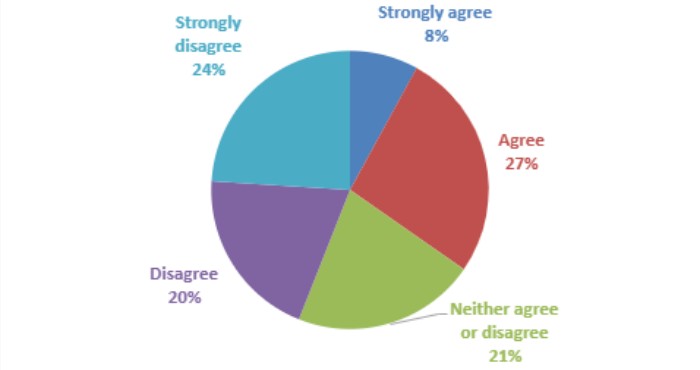
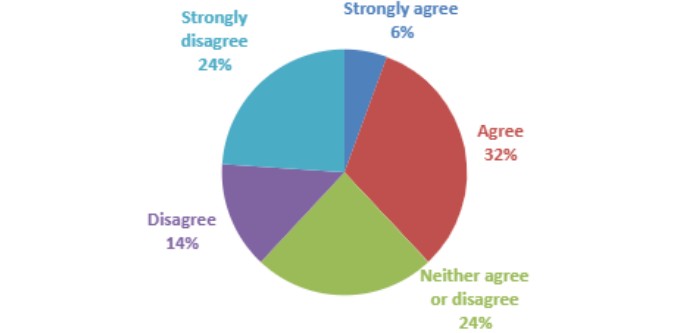
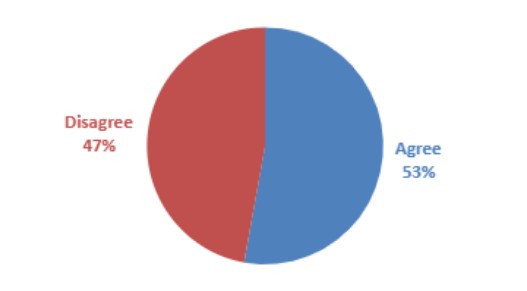

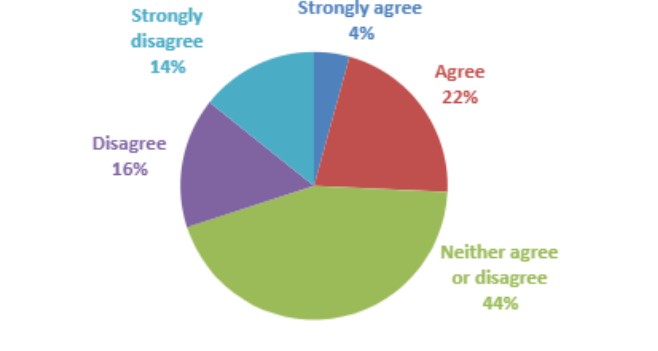
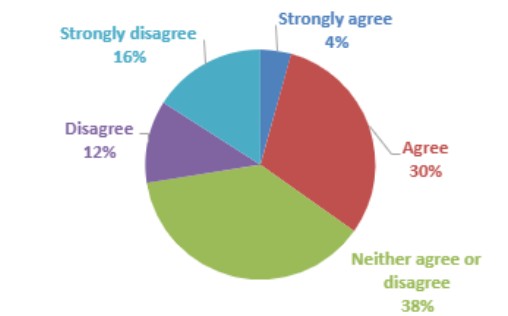
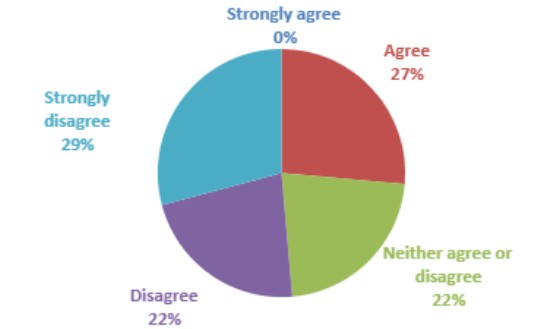
We’re doubling our annual support for the Cambridge Safer Community Charitable Trust from $20,000 to $40,000 to help boost local safety efforts.
We’ll investigate whether the ‘Te Awamutu 110kv Compensation Reserve’ can be used to upgrade fields, as requested by Te Awamutu AFC.
We’ll write to Waka Kotahi NZ Transport Agency to ask for better safety measures on state highways in our district.
We’ll also talk to NZ Police, encouraging more funding for community safety projects.
We’re moving ahead faster with extending the Te Awa Cycleway, alongside work on the Waipuke Park Master Plan depending on available funding.
We’ll keep working with community halls to find the best way to apply targeted rates. We’ll include recommendations in the 2026 Annual Plan or Long Term Plan update.
We’ve made a small change to our draft Development Contributions Policy to clarify the wording around ‘kitchenette/kitchen.’
The Long Term Plan sets the direction for our district and is reviewed every three years. It outlines Council’s activities and how they’re managed, delivered, and funded.
Last year, we chose to adopt an Enhanced Annual Plan after the Government made this option available. This gave us more time to better understand changes to the Government waters reform programme and the financial challenges that presented for us, so we can make the best decisions for Waipā.
Those challenges remain.
A vastly different financial environment driven by significantly higher inflation and interest costs, a sharp economic slowdown, and much higher levels of debt, has placed limitations on what we can do. We don’t have the money to spend on cornerstone projects, so we don’t have any big-ticket items to consult with you on.
At the same time, we are consulting with you on the future delivery of water services for our district.
We all want what’s best for Waipā. As kaitiaki (guardians) of the district, we need to ensure it remains a great place to live, work, play and invest.
We're responding to the Government’s requirement for us to reconsider the delivery of water services.
We're one of the fastest growing districts in New Zealand.
We're taking a more proactive approach to how we consider the impacts of climate change on our district.
Like many other councils, we're faced with some financial challenges in the short to medium term.
We estimate an average residential household will pay $86.37 per week, or around $4,491 in the 2025/26 year, for the activities and infrastructure we propose in our plan.
How much you pay can depend on a number of things like: The value of your property, the services your property is rated for, and changes to the amount we charge for those rates. If your property doesn’t receive water or wastewater services from us, for example, you are not charged rates for those components.

If your property doesn’t get water or wastewater services from us, you won’t be charged for them.
Even if you live in a rural area, your rates still help pay for important services like:
This strategy outlines the Council’s overall approach to planning and managing its finances in a way that is sustainable over the long term.
It is a central component of Council’s draft Long Term Plan. The Draft Financial Strategy sets our limits on rates increases and debt, illustrates the overall financial implications of decisions made in the Long Term Plan and is key in demonstrating prudent financial management.
Over the next nine years, we are planning a huge investment of ratepayer and developer dollars so it’s important this money is spent in the context of a well-considered financial strategy.
We also want to ensure that rates are affordable over time, for both current and future ratepayers, and we have included an affordability measure within our strategy. This is a threshold of no more than five percent of median household income to measure rates affordability for all Council activities. Within that, there is a two percent threshold for the cost of water and wastewater.
Due to the financial environment, it is a challenge to balance the expectations from the community and the affordability of services for both the community and Council both now and into the future.
We've have had to make some tough decisions about some key cornerstone projects that we know are important to our communities.
But we don’t have the money for these cornerstone projects right now.
We have included some operating funding though to help keep the projects ‘alive’ while we wait for our financial situation to improve.
We have allocated the following amount to honour our service level agreement with the operating trust. These figures are adjusted in later years to account for inflation. There is no allocated operating funding for the Te Awamutu to Pirongia Cycleway.
| Projects | 2025/26 | 2026/27 | 2025-34 |
| Te Ara Wai | $137,500 | $137,500 | |
| Cambridge Library | $75,000 | ||
| Cambridge Town Hall | $621,000 |
Taking all these elements into consideration and through applying our prioritisation principles we are planning to spend $2.7 billion of operating and capital expenditure over the next nine years.

We’ll be spending $89.2 million in capital costs on renewing our roads and nearly $17.2 million on maintaining footpaths and cycleways in Waipā to provide for multi-modes of transport and effective placemaking.
Nearly $170 million will be invested in wastewater infrastructure development.
We are expecting to spend $2.1 million to maintain playgrounds across the district.
We are planning to spend $148.2 million in capital on community services and facilities in the next nine years.
Around $7.6 million will be spent on maintaining our buildings. Almost $2.6 million has been budgeted for the restoration of the Cambridge Water Tower should that progress.
We have budgeted $214.4 million for infrastructure to treat and supply water.
In the first three years of this plan, up to 75 per cent of our revenue comes from rates, this drops back to 65 per cent from year four. A large portion comes from other sources like fees and charges (when someone pays for a Council service they use), government subsidies, development contributions and grants.
Here’s where the money will be spent in the next nine years, including operating expenditure.
Thank you to those that came along to a drop-in session.
Email the form to haveyoursay@waipadc.govt.nz and add 'Long Term Plan Submission' in the email subject line.
Post the completed form to:
Waipā District Council, Freepost 167662, Private Bag 2402,
Te Awamutu 3840, Attn: Long Term Plan
Bring the completed form into one of our offices with attn: Long Term Plan
Have questions or want to learn more about a project, contact us below:
| Phone | 0800 924 723 |
|---|---|
| info@waipadc.govt.nz | |
| Website | www.waipadc.govt.nz/ |
This site is owned and operated by Waipā District Council using software licensed from Social Pinpoint.
For details on how Waipā District Council collects and protects your personal information, refer to their Privacy Statement.
For details of how Social Pinpoint may access personal information, please refer to Social Pinpoint’s Privacy Policy.
The following Terms and Conditions govern the use of Waipā District Council's Have your say (“the site”). The software platform is owned by Social Pinpoint Pty Ltd and operated by us, Waipa District Council.
By accessing and using this site, you are choosing to accept and comply with the Terms presented throughout this agreement as well as the Privacy Policy and Moderation Policy. These Terms apply to all visitors and users of this site. Linked sites, affiliated services or third party content or software have their own terms that you must comply with.
If you disagree with any of the Terms presented in this agreement, you must discontinue using the site immediately.
If you are under 18 years old, please ensure that your parent or guardian understands and accepts these Terms (including the Privacy Policy and Moderation Policy).
What are the conditions with a user’s account?
While using the site, you must not violate any applicable laws and regulations. It is our duty to protect the confidentiality of content you provide on our site in accordance with our Privacy Policy. If you create an account with us, you must always provide us with accurate information. Failure to provide accurate information violates the Terms, which may result in immediate termination of your account on our service. You are responsible for protecting your own password you use for this site and for any activities done under that password. Unauthorised use of your password or account must be immediately reported to us. In some cases, we or our agents may require access to your user accounts to respond to technical issues.
We are not responsible for the content on the site that has been provided by the users of the site. Any content posted by you is subject to the rules of our Moderation Policy. Your contribution to the site may be edited, removed or not published if we consider it inappropriate (refer to Moderation Policy). Contributors should also be aware that their posts may remain online indefinitely. Where practical, you may choose not to identify yourself, deal with us on an anonymous basis or use a pseudonym.
What do we require from our users?
You must understand and agree that, without limitation:
Can your account be suspended or terminated?
We may terminate or suspend access to your site and/or account immediately, without prior notice, including without limitation if you breach the Terms. We may immediately deactivate or delete your account and all the related files and information in your account. After your account has been terminated, the content you have posted may also remain indefinitely on the site.
If you want to terminate your own account, please send an email to haveyoursay@waipadc.govt.nz.
Governing Law
These Terms shall be governed in accordance with the laws of New Zealand, without regards to its conflict of law provisions.
Indemnification
Waipā District Council, its subsidiaries, affiliates, officers, agents, licensors and other partners are not responsible for any loss, liability, claim, or demand, including legal fees, made by any third party due to or arising from a breach of this agreement and/or any breach of your representations and warranties set forth above.
What content do we own?
This website contains the copyrighted material, trademarks, patents, trade secrets and other proprietary information (“Intellectual Property”) of Waipa District Council and its suppliers and licensors. Waipa District Council owns and retains all proprietary rights in the intellectual property. All intellectual property in the content of this site including without limitation to text, software, source code, pages, documents and online graphics, photographs, sounds, audio, video and other interactive features are owned by or licensed to us.
Any original content that you submit or post on our site may be made available to the public and allows users to share your content (with the end user acknowledging your contribution) under the Creative Commons Attribution-ShareAlike 4.0 Australian License.
Except for Intellectual Property which is in the public domain or for which you have been given written permission, you may not copy, alter, transmit, sell, distribute any of the Intellectual Property on this site.
We are not responsible for your communications or dealings, including payment and delivery of goods or services, with a third party found via our website. Any loss or damage incurred from those communications or dealings are solely between the user and the third party.
Disclaimer and Warranties
Users must agree that you use of the site is at your own risk. We make no warranty that the site will meet your requirements or be uninterrupted or error-free. Any material that the user downloads through the site is done at their own risk and are responsible for any damages to their computer system or loss of data.
What happens if these Terms change?
We reserve the right, at our sole discretion, to modify or replace these Terms at any time without notice. The most recent version of the Terms can be seen on this page. By continuing to access or use our site after those revisions become effective, you agree and will comply to the revised terms. If you do not agree to the revised terms, please discontinue using our site.
Contact Us
If you have any questions about these Terms, please contact us at info@waipadc.govt.nz.
Enter your email address below. We will send you instructions to reset your password.
Back to Log in
Creating an account helps us better understand your needs and the needs of the community.
Already have an account? Log in now
Thank you, your account has been created.
Completing the questions below helps us better understand the diverse range of people who contribute their ideas. The questions are optional.
You’re using an outdated browser.
Some features of this website may not work correctly. To get a better experience we strongly recommend you download a new browser for free:
Would you like to follow this project to receive email updates?